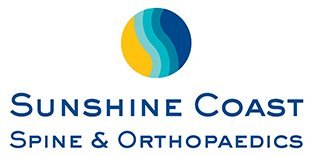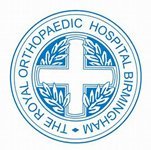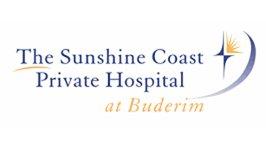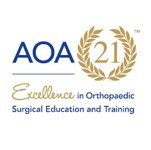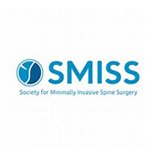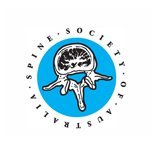Bone Grafts in Spine Surgery
Spinal fusion is one of the most common surgeries done in the neck or back. The basic idea is to fuse together painful bones in the spine so that they heal into a single, solid bone. For bones to fuse or heal together, additional bone is needed. This additional bone is called a bone graft.
There are many bone graft options today. They are often combined. The graft that is best for your problem will depend upon which section of your spine needs to be fused, your age, and your general health.
Types of Bone Grafts
Autograft
The standard technique used in fusion is to take extra bone from one part of the patient's body (harvest) and move (graft) it to another part of the body, such as the spine. This type of bone graft is called an autograft.
The surgeon usually takes the bone from an area of the body where its removal will not cause a problem. In spine surgery, the bone is typically harvested from the iliac crest, which is the rim of the pelvic bone. The surgeon uses sharp tools to "scoop" the bone out of the iliac crest.
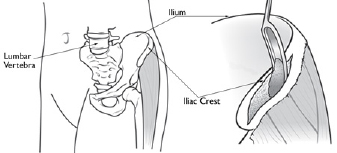
Most autografts are harvested from the iliac crest of the hip.
Taking bone from the iliac crest has been used with good results; however, there are some disadvantages:
- In some cases, it hurts to remove the bone; this pain may last for some time after the surgery.
- There is a limited amount of bone in the iliac crest, especially as we get older and our bone thins and weakens.
- The iliac crest may fracture or break.
- An infection or bleeding may occur.
Local Bone Autograft
In some spinal fusion procedures, parts of the spinal bones are removed to relieve pressure on the nerve roots. This removed bone is often saved during the surgery and used as the graft. The bone is essentially recycled; it is moved from an area where it is no longer needed to the area that the surgeon wants to fuse.
One advantage to using local bone is that it is the patient's own bone and, therefore, cannot be rejected. In addition, it requires no additional incision and does not cause pain in the hip. The disadvantage is that there is only a limited amount of bone that can be harvested from the small spinal bones.
Cadaver or Allograft Bone
Many surgeons use bone that is harvested from a donor or cadaver. This type of graft—an allograft—is typically acquired through a bone bank. Like other organs, bone can be donated upon death.
Allografts have been used for a long time in spinal fusion surgery. Unlike autografts taken from a patient, allografts do not form new bone. Instead, the allograft works as a bridge that allows the natural bone to grow through its surface. Over time, the natural bone replaces the donor bone.
Allograft bone comes in different shapes and sizes to fit into the area of the spine where it is needed. In most cases, allografts are good at getting bone to heal. Because the donor bone is dead and is only used as a scaffold for bone growth, the tissue is rarely rejected. The transmission of diseases from the donor bone is also very rare.
Allograft Stem Cells
Allograft stem cells can come from either a donor or from a cadaver. Stem cells are living cells that can form bone cells and aid in the fusion. They are unlikely to cause tissue rejection because they are basic cells that have not differentiated into specific cell types. Research using this type of bone graft is promising, but long-term studies comparing allograft stem cells to other graft types are not yet available.
Demineralized Bone Matrix (DBM)
DBM is bone processed in such a way that the calcium in the bone is removed. The benefit of this process is that it makes the proteins trapped in the calcium available to stimulate bone healing. DBMs are usually combined with other types of grafts.
Synthetic Bone
Synthetic bone grafts are made from calcium materials and are often called "ceramics." They are similar in shape and consistency to autograft bone. Ceramics have the advantage of being made without cadaver bone and are available in large amounts.
Bone Marrow Aspirate
Bone marrow is in the centres of long bones, such as the bones in your arms, thighs, and legs. The marrow is the area of the bone that contains stem cells. Stem cells are special cells in your body that can turn into other types of cells. They have some ability to make new bone.
Stem cells can be aspirated or drawn out of the bone marrow with a needle, much like the way blood is drawn from your arm for tests. The cells are then combined with another type of graft—such as local bone autograft, allograft, or synthetic bone—to speed the healing process.
Currently, research is underway to find new ways of harvesting stem cells.
Biologics or Proteins
We all have proteins in our bodies that naturally stimulate bone growth. A very common type is called Bone Morphogenic Protein (BMP). BMP has been used to promote solid spine fusions for some time and is a common graft option.
BMP has very powerful bone-forming capabilities so care must be taken with its use. While some studies of BMP in the spine show that too much bone may be formed or that BMP may increase the patient's risk for cancer, other studies have shown that the use of BMP is very safe. Your surgeon will talk with you about the risks and benefits of using this powerful protein in your case.
